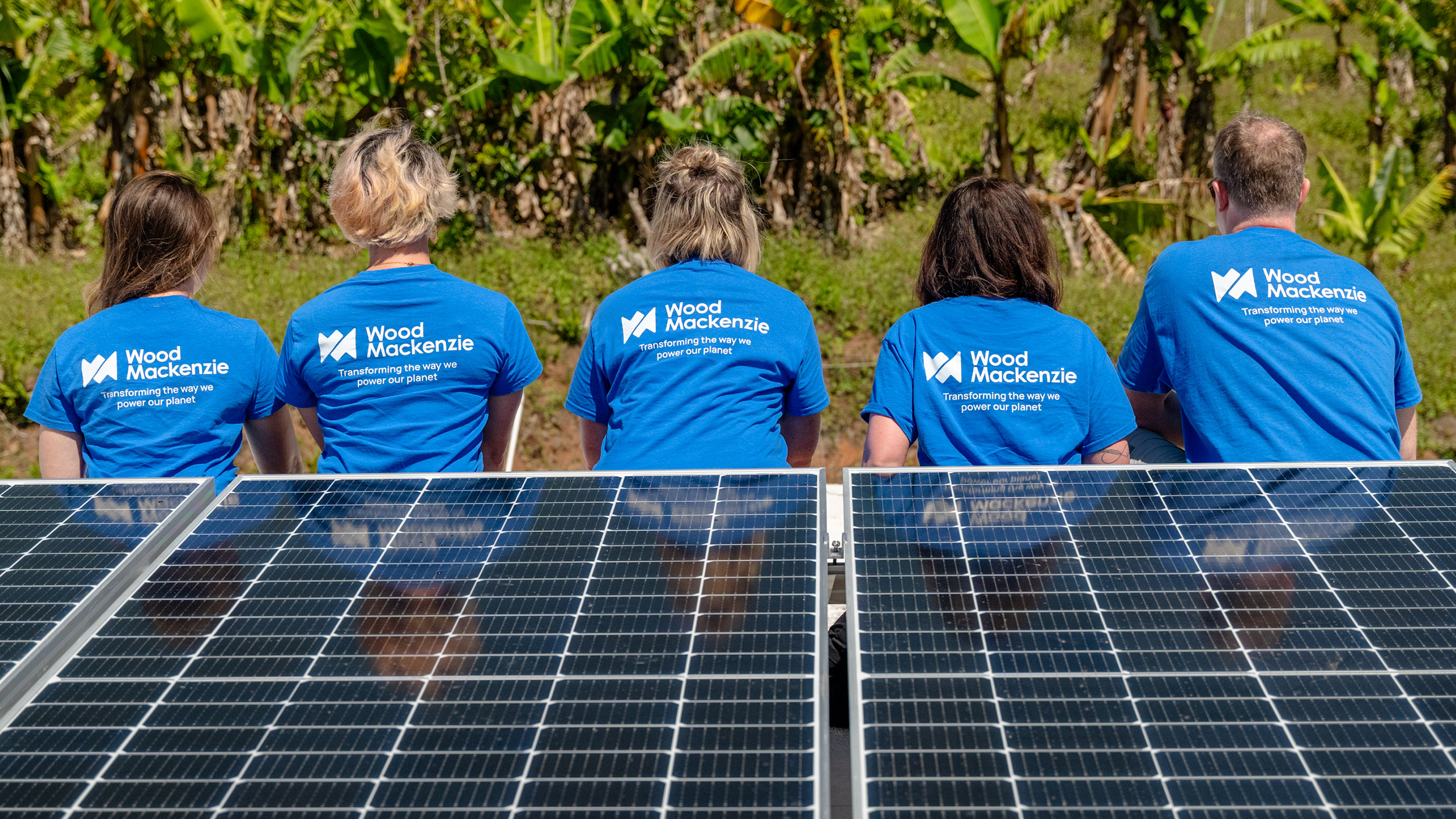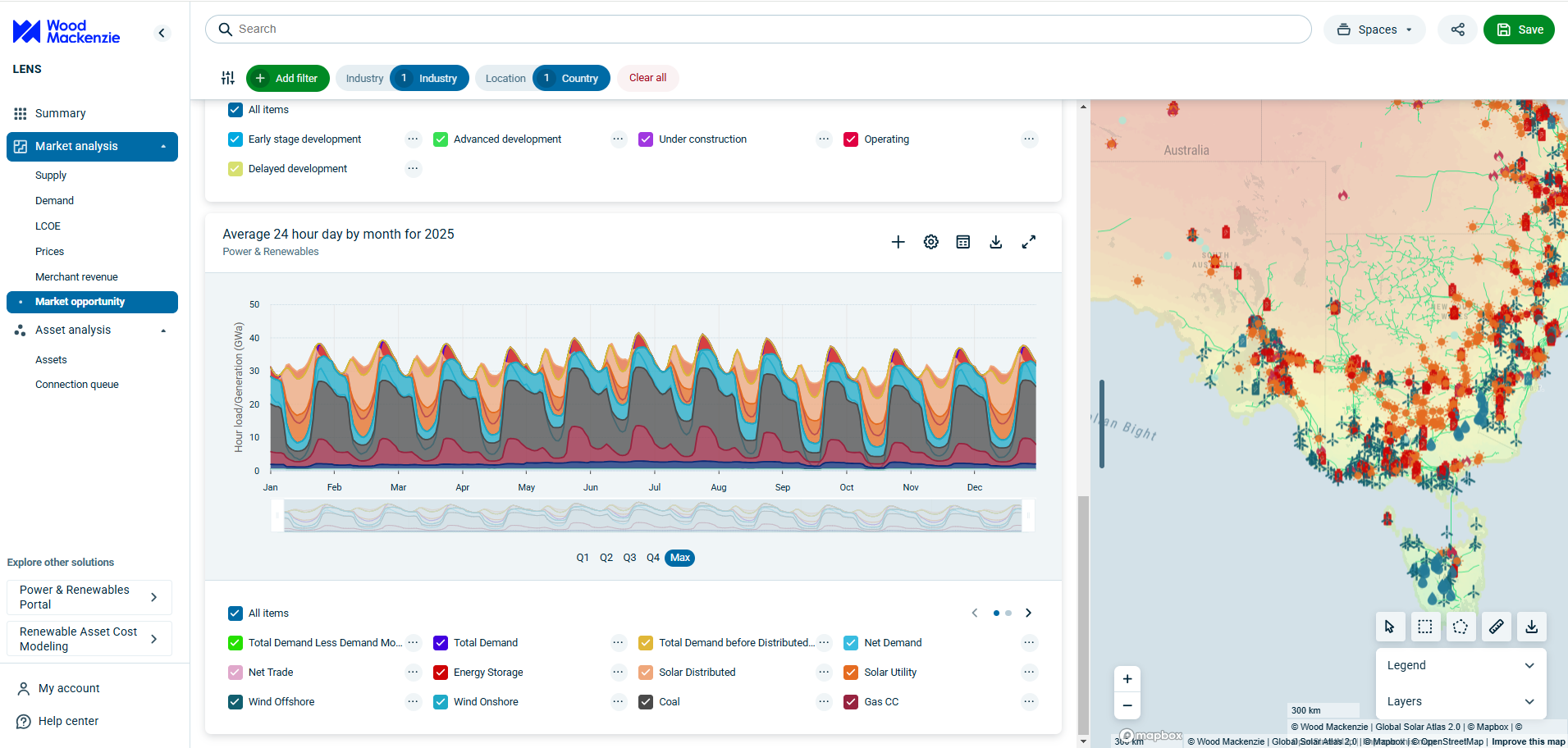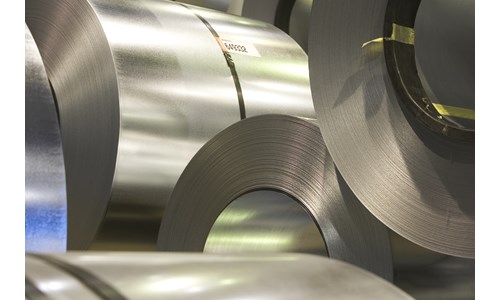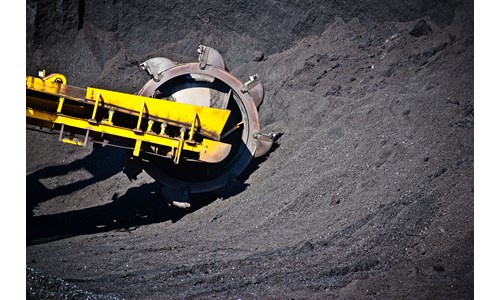Carbon capture and storage (CCS) hub identification
*Please note that this report only includes an Excel data file if this is indicated in "What's included" below
Report summary
Table of contents
- Integrated data solutions to match CO 2 sources with sinks will be critical to commercial carbon capture, utilisation and storage (CCUS) development at the scale required to meet climate objectives
Tables and charts
No table or charts specified
What's included
This report contains:
Other reports you may be interested in
S Arne-Nybro Terminal Gas Pipeline
The South Arne-Nybro pipeline runs from the offshore South Arne platform via the Harald facilities to the Nybro gas terminal in ...
$5,280Sakakemang (Kali Berau Dalam)
Sakakemang PSC contains the Kali Berau Dalam (KBD) gas discovery onshore South Sumatra.
$3,720Benchmarking Latin America energy markets
Latin America's major economies are progressing towards a lower-carbon and a more resilient energy future.
$1,250














